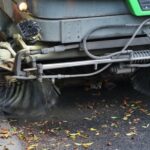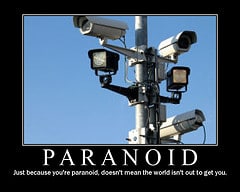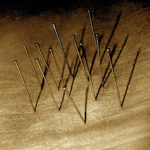Opentrons
Plasmid vs. Genomic DNA Extraction: The Difference
Most experiments start with a piece of DNA—either plasmid DNA or genomic DNA. And your downstream uses for it dictate how much you need, what contaminants you can tolerate, and your extraction and purification methods. In this article, we explain the key differences between plasmid and genomic DNA extraction methods.
Read More5 Ways to Clean Up A DNA Sample
Are you struggling with your DNA clean-up? Then check out our top five methods so you can pick the best option for your experiments.
Read MoreThere’s No Need To Be Paranoid About RNA Purification
RNA purification may be a common procedure in molecular biology but it is by far the one that people fear most. Why? Dreaded RNase. It’s everywhere… all over your bench and pipettes, and floating in the air, waiting for the chance to creep into your prep, shred your RNA into nucleotides, and ruin a day’s…
Read MoreOverlap Extension PCR Cloning
If efficient cloning is what you are after, you must give Overlap Extension PCR Cloning a go! This restriction enzyme and T4 DNA ligase-free technique is faster, more reliable and easier to troubleshoot than traditional restriction methods. With only two PCR reactions required, you can insert a DNA fragment into a plasmid without spending time…
Read MoreTroubleshooting RNA Isolation
As widely used as it is, isolating RNA remains one of the more finicky protocols. Just about anyone who has performed the technique has their own personal tips and tricks to successfully isolate intact RNA from their samples with consistency. Although RNA can be somewhat unpredictable since it is so labile, there are a few…
Read MoreSix Important Factors for Successful Reverse Transcription
The reverse transcription (RT) step of RT-PCR for converting RNA to cDNA is critical for accuracy in quantification and for finding low copy messages. Thus, you want to make sure that this step is performed with the highest efficiency but without having to optimize every single step. To help you further in optimizing the RT…
Read MoreTroubleshooting DNA Ligation Problems
In any experimental procedure, getting the controls right can save you a lot of work when things go wrong by allowing you to troubleshoot the source of the problem. DNA ligation is no different. In this article, we explain how to set up a ligation reaction with a complete set of controls, and use them…
Read More





